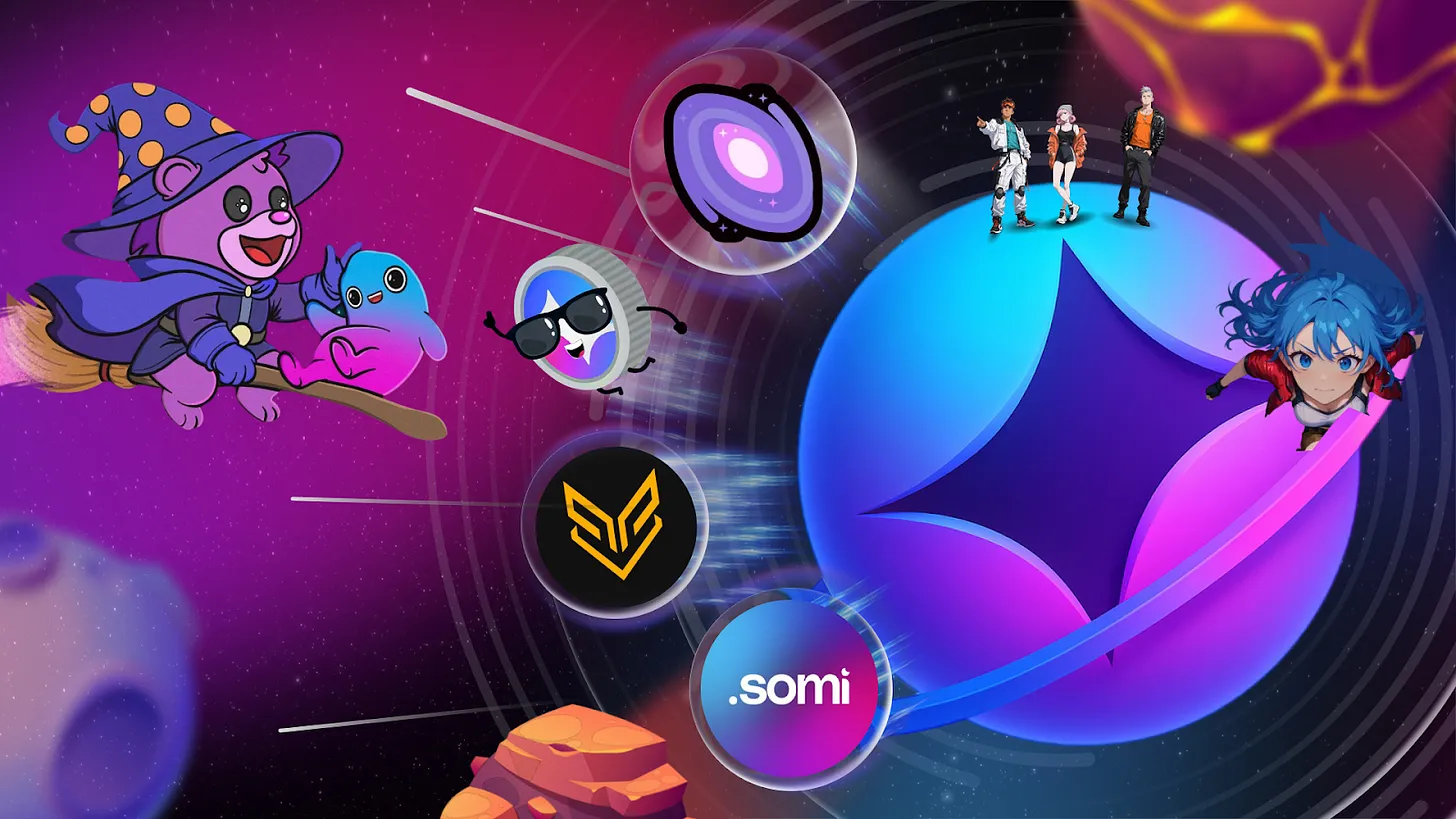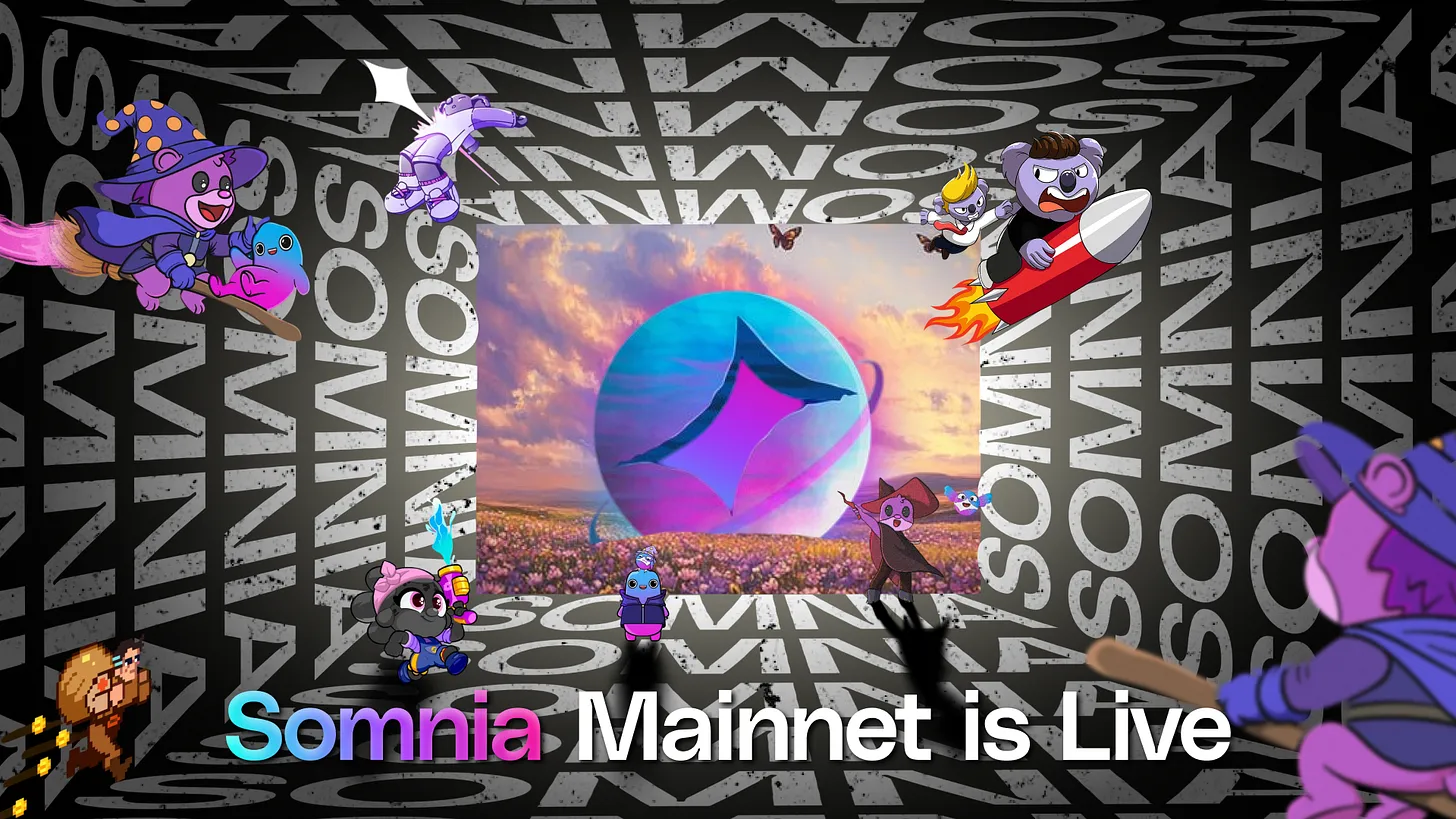
The SOM0 Protocol: The Foundation of Interoperability

Introducing MML (Metaverse Markup Language) has been a remarkable stepping stone for defining the visuals and behavior of a metaversal object. However, it can only solve the definition of an object, not how it’s stored, executed, and owned.
Currently, metaverse models are either overly open and dysfunctional or highly restricted. There is no system yet that allows the easy creation of objects, their movement between experiences, and the profit-sharing among parties involved. We aim to change this with the Object Protocol.
Blockchain only solves ownership
Blockchains offer a fantastic solution for global ownership. However, to truly own a digital asset, we believe the asset should be usable anywhere, just like in the real world. For example, anything you own, like a T-shirt, can be worn anywhere, like at a concert, a bar or at work. You also have the freedom to choose to sell your asset.
In the real world, content creators can protect their IP, so if you create a copy of someone else’s work, they have ways to stop or restrict that. Also, as an owner, you have the ability to freely sell anything you own.
But the digital world offers us opportunities to go beyond real-world limitations.
Enhancements in the Digital World
The digital world offers us opportunities to improve ownership. We aim to make the system more flexible and user-friendly for users, creators, and experience/metaverse owners. For users, it should be easier to trade and move between places. For creators, greater IP protection and the ability to generate revenue after the initial sale should be guaranteed. For experience and metaverse owners, the choice of how their space is used is essential. NFT’s offer us some of these elements and will be the foundation we build from.
Going Beyond NFTs
To fully realize the vision of seamless interoperability and true ownership of digital assets in the metaverse, we’ll need to go beyond the current capabilities of NFTs. This will involve an extension to existing NFT standards via a new metaversal object protocol. A set of on-chain protocols which track the properties of each metaverse object, including its owner, attestations made about it, dynamic properties, token balances, etc. This also includes a hash of the object assets and source code, but NOT the content and source code itself. One of the aims of the Somnia Blockchain is to have the actual data of the object on-chain or securely linked to the on-chain record. This data is on the blockchain and is publicly readable by anybody.
These protocols are agnostic to the underlying off-chain services to store and compute that data for objects. For example, you could store the asset on the InterPlanetary File System (IPFS). However, this will remove some guarantees from an object. For instance, if you use IPFS, there is no IP protection for your content. You could use your own local machine for computation, the object may not work in experiences, or be accepted into them, due to potential compatibility and performance issues.
When these two major technical components are combined, they enable the creation of what we call “metaversal objects.” These objects represent a new class of digital asset that extends beyond traditional NFTs, offering richer functionality, better interoperability, and more authentic ownership experiences.
Object protocol – extending blockchain primitives
Diagram of a linked NFT
Existing NFTs can be extended with a record that points to an existing ERC-721. This record will contain information on the assets, including a hash of where the MML lives, and a hash of the object’s data (3d model, animations, etc.). We call this hashing and record creation process manufacturing a Metaversal Object. The ERC-721 would remain as the canonical ownership record.
This process of extending an existing ERC-721 is known as linking, and it allows for multiple metaversal objects to be linked to a single NFT. It is also possible to create native Metaversal Objects with their data all encoded in one ERC-721 and its metadata (we call this manufacturing a native object). To do this all that needs to be added to your object is a mml metadata tag:
Example NFT metadata with an native NFT. Note the mml tag showing where the associated MML file is stored.
Attestation Protocol – Verifying Metaversal Objects
Somnia also has the Attestation Protocol, which allows participants to assign properties to identities, locations, items and avatars. This can allow brands to certify genuine virtual goods or for Metaverse owners to enforce moderation standards, like age restrictions or content guidelines, using third-party services.The Attestation Protocol is omni-chain enabling links and extensions to be made across any blockchain.
Example diagram of attestation protocol
More details on the protocols can be found in the Somnia codex. By extending NFTs and creating Metaversal Objects, we hope to lay the foundations for asset interoperability, but technology is only one component of the solution.
More Than Just Technology: Building a Digital Network
The metaverse is more than just technology – it represents a digital community, akin to nations in the physical world. Much like these nations, the metaverse requires shared rules and governance – a system to regulate asset movement, trade agreements, and common moderation policies, including agreements on its own “laws of physics.”
However, the metaverse offers opportunities to transcend the limitations of the physical world. We aren’t restricted to traditional currencies – we could have multiple digital economies operating side-by-side. Instead of merely applying a typical democratic model, we could focus more on safeguarding user rights and creating new forms of digital citizenship.
We’re not suggesting a definitive solution to these complex issues yet. Instead, we believe that by laying the technological foundation, we can facilitate others in creating systems that address these challenges.
MSquared, one of our key supporters, is creating the first of these networks. They are already working with brands such as MLB, Twice and Yuga Labs.
Achieving Interoperability
Our goal with the Metaverse Object Protocol is to enable the dream of users taking their digital items from one space to another. We aim to create seamless connections between worlds and build on top of existing blockchain infrastructure. We envision giving builders and owners more freedom and control with interoperable and truly ownable digital assets.
This is just the first step in a complex journey towards an interoperable object economy. Dive deeper into the technology in the Codex, or come chat with us on Twitter or Discord.



